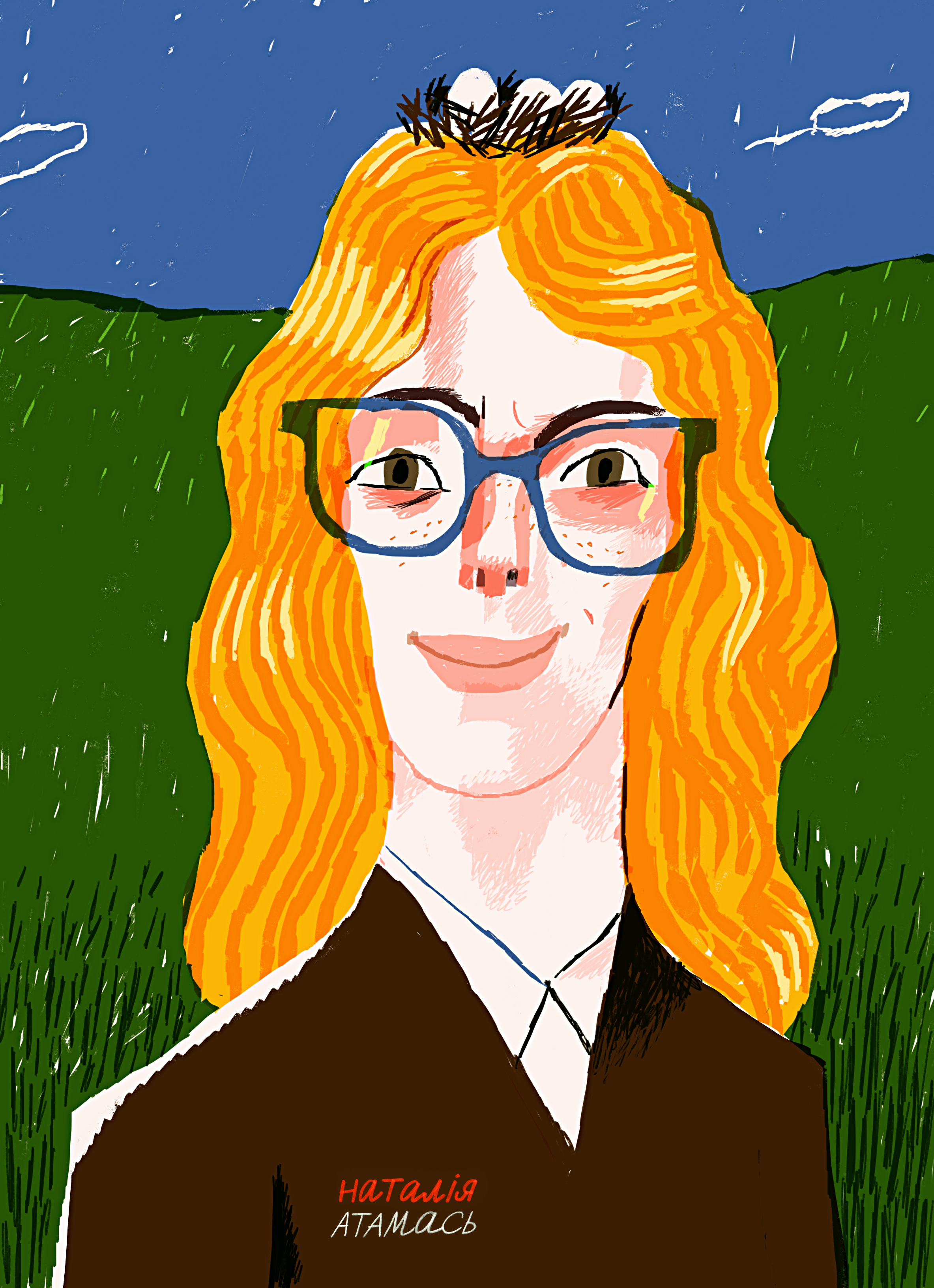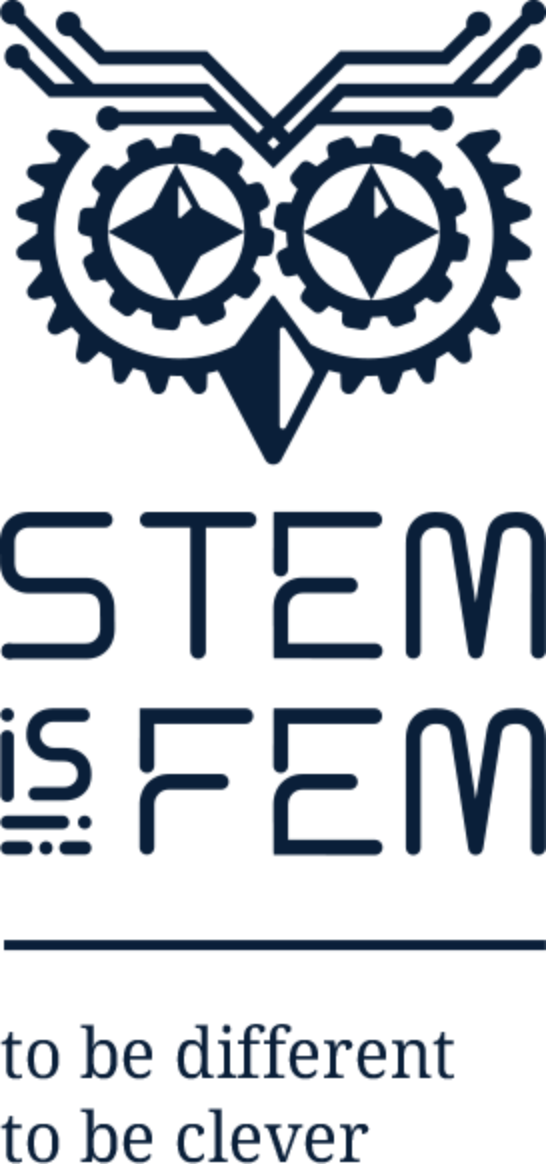Natalia Atamas: The World Without Birds

The author of the essay: Anastasia Suvorova
It seems that I lived my whole life in a world without birds. They were a part of the world as invisible to me as lanterns or curbs; yes, they are there, but they only call to your attention if you stumble across the curb at night because the lantern doesn’t work.
When I started looking for information about Natalia Atamas for this essay, after the third article, I immersed myself for a few hours in a video about the life of birds. After the tenth article, I turned over my entire room looking for an encyclopedia of birds of Ukraine, given to me in my childhood. Amidst a total mess, I was looking at the photographs, trying to remember which of these birds I had seen. After the twentieth article, I said to myself: “Dash it all! I will drop out of my faculty and become an ornithologist.” After all, I’m not going to be an ornithologist, but these articles have achieved the effect they were supposed to: I got interested.
In today’s world, the popularity of science and its subjects is significant. Grants are allocated for research that is ready to prove they are needed, and funders give money for what they are attracted to or what will look better in news headlines. “A famous businessman has invested money in the search for a cure for cancer” sounds more respectable than “A famous businessman has invested money in research of grey terns.” Why? A cure for cancer is vital to the whole world, but grey terns are unlikely to be that important. And that’s what Natalia Atamas denies with her research. She studies how human activity affects the lives of birds and why it matters.
Natalia Atamas has written over 30 scientific papers focusing primarily on the ecology of colonial wetland birds and animals and plant communities of transformed water bodies. Her research on bird species of which little was known was critical.
However, her promotional and educational activities are equally important. Her articles, interviews, lectures, and excursions are dedicated to a wide range of topics, from how to feed birds properly to descriptions of expeditions or how the pandemic affected the illegal trade in animals. Today, science is becoming increasingly popular: there are many online courses, websites, and YouTube channels with science-popular content that create exciting content of high quality. Natalia Atamas writes articles, gives lectures, makes excursions such as “Birds of Kyiv,” she gets people attracted and interested. She also highlights the importance of defending protected areas and conserving rare bird species.
The popularization of science is as important as scientific research itself because it draws attention to this research of sponsors and grant organizations, helps to attract volunteers to the study, and draws the attention of people who don’t understand anything in the research subject area, but eager to understand.
Many of Natalia Atamas’s articles focus on the study of mutual influences on how birds affect humans and vice versa. How are the birds affected by war or constructing hydroelectric power plants, for example? How does human activity result in the reduction of the number of wild birds? Why is it impossible to open an airport without ornithological research? How does urban noise affect the singing of birds, and the night lighting affect their natural rhythm?
Natalia Atamas’s articles help to see how the bird world and the human world are connected. And how important it is to make this connection work for the benefit of both birds and humans.
The illustrator: Sergiy Maidukov
